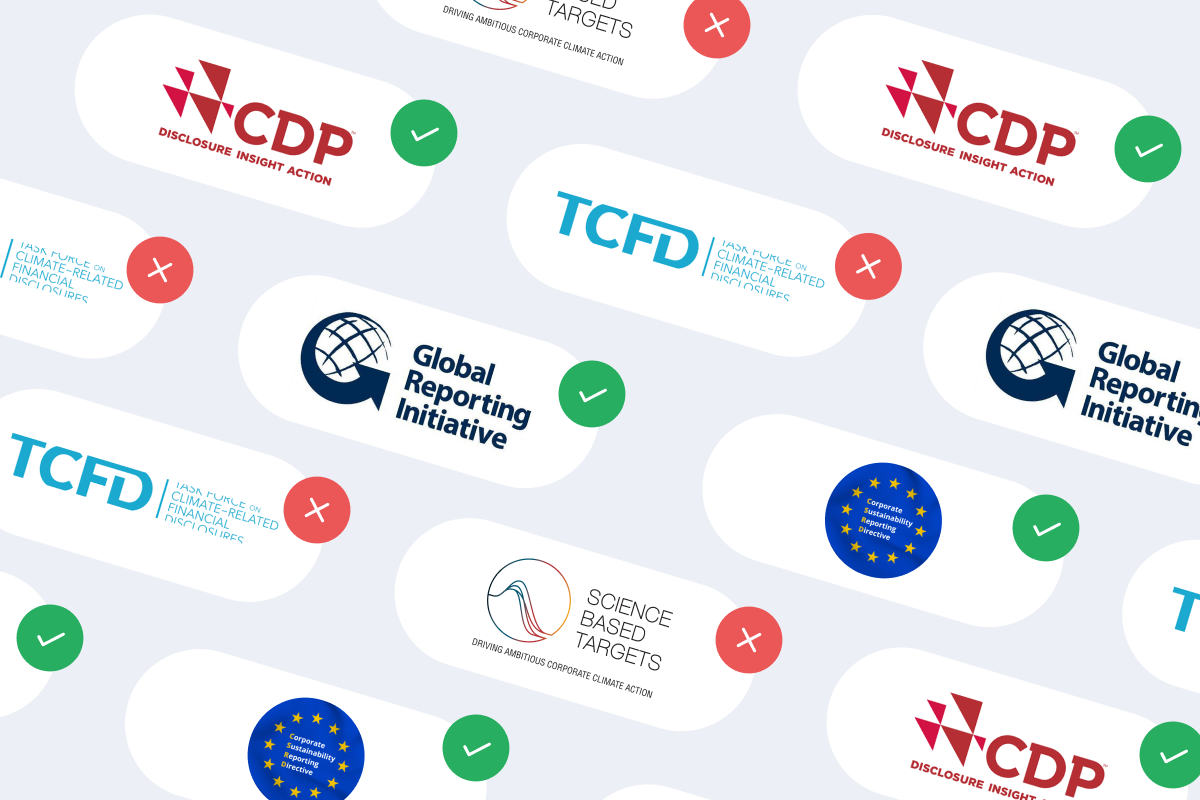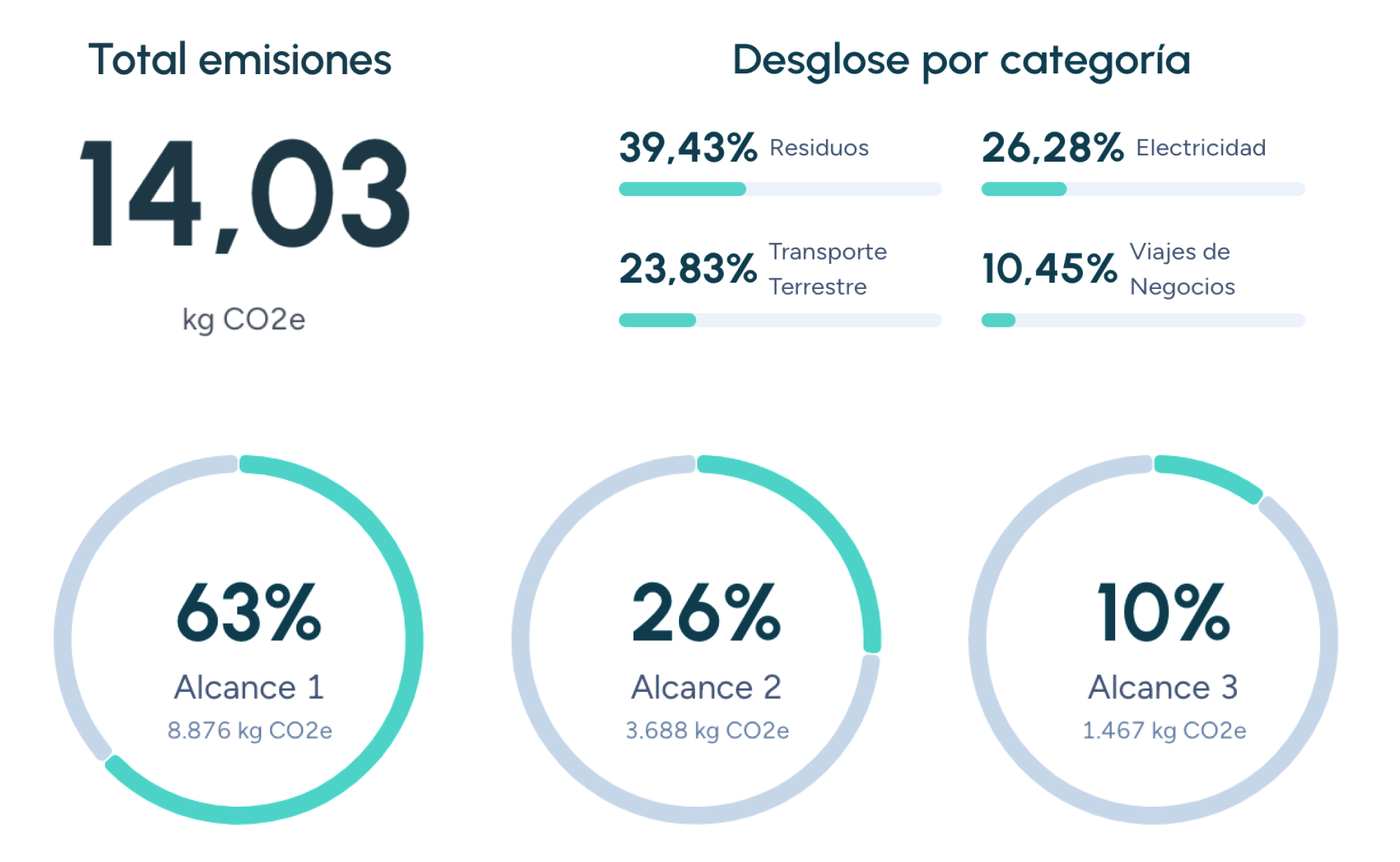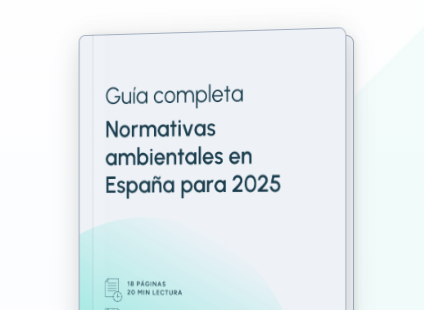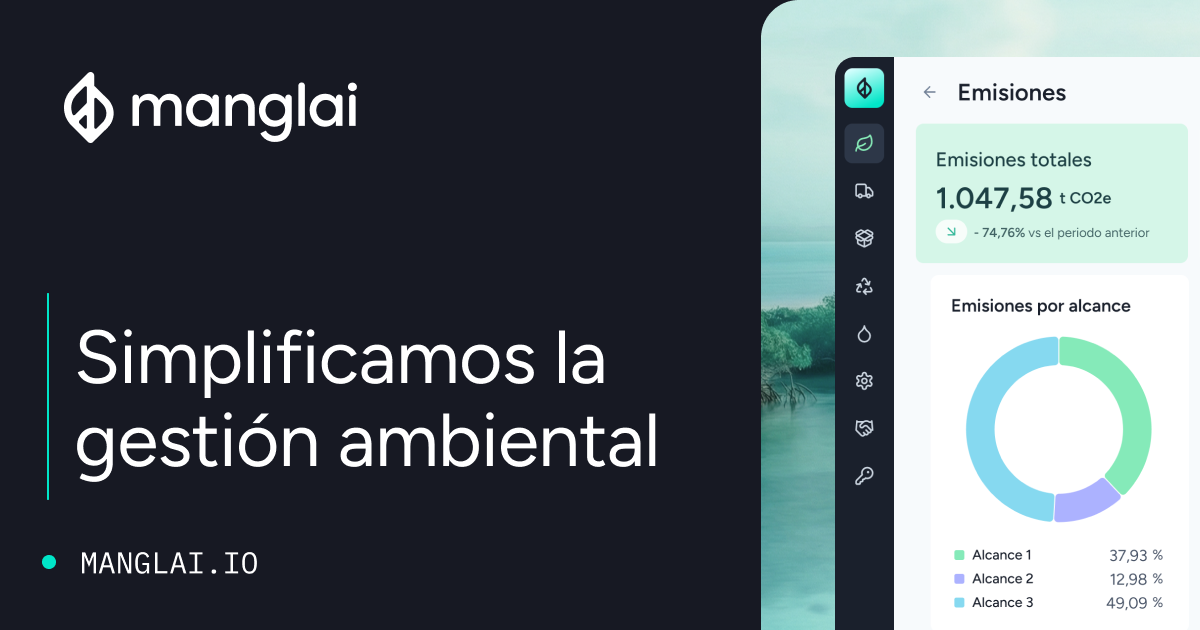C
COP (Conference of the Parties)
The COP (Conference of the Parties) is the supreme decision-making body established under the United Nations Framework Convention on Climate Change (UNFCCC). These annual meetings bring together representatives from nearly every country, along with international organizations, civil society, and the private sector, to negotiate and agree on collective actions to tackle climate change.
History and Context
The UNFCCC was adopted in 1992 during the Earth Summit in Rio de Janeiro and entered into force in 1994. Since then, the COP has convened annually to:
- Review progress on commitments under the Convention.
- Negotiate new measures for mitigation and adaptation to climate change.
- Discuss financial, technological, and capacity-building strategies.
Key Milestones in COP History
- COP1 (Berlin, 1995): First official session after the UNFCCC entered into force.
- COP3 (Kyoto, 1997): Adoption of the Kyoto Protocol, setting binding emission reduction targets for developed countries.
- COP15 (Copenhagen, 2009): Though it failed to reach a binding deal, it recognized the need to limit global warming below 2°C.
- COP21 (Paris, 2015): Landmark Paris Agreement, committing nearly all countries to keep global temperature rise well below 2°C, with efforts to limit it to 1.5°C.
- COP26 (Glasgow, 2021): Agreements to phase down coal use and review Nationally Determined Contributions (NDCs) more frequently.
Structure of COP Negotiations
Negotiations are complex and structured into several components:
- Plenary sessions: All delegates meet to discuss progress and decisions.
- Working groups: Technical negotiations on specific sections of draft agreements.
- Side events: Showcases of projects, research, and initiatives by organizations and governments.
The COP also works through two subsidiary bodies of the UNFCCC:
- SBSTA: Subsidiary Body for Scientific and Technological Advice.
- SBI: Subsidiary Body for Implementation.
Key Issues Discussed
- Mitigation: Reducing GHG emissions through renewable energy, efficiency, and land-use changes.
- Adaptation: Strengthening resilience to climate impacts and extreme weather events.
- Climate finance: Mobilizing funding from developed countries to support developing nations.
- Technology transfer: Promoting innovation and clean technology deployment.
- Loss and damage: Establishing mechanisms to compensate vulnerable communities affected by climate impacts.
Role of Civil Society and Non-State Actors
- Civil society: NGOs, social movements, and Indigenous groups influence public opinion and bring local perspectives.
- Private sector: Plays a critical role in innovation, investment, and implementation of climate solutions.
- Youth movements: Increasingly active in demanding urgent and ambitious climate action from governments.
Achievements and Challenges
Achievements:
- The Paris Agreement was a turning point in global climate diplomacy, engaging almost all countries in a shared framework.
- COPs have advanced carbon markets, climate finance mechanisms, and global transparency frameworks.
Challenges:
- Negotiations often stall due to economic interests, North–South divides, and political inertia.
- There remains a gap between current pledges and the emissions reductions needed to limit warming to 1.5°C.
Future Outlook
Upcoming COPs are expected to focus on:
- Accelerating decarbonization: Investing in renewable energy and transport electrification.
- Strengthening adaptation: Embedding resilience into national policies and infrastructure.
- Transparency and accountability: Tracking and verifying emission reduction commitments.
- Climate justice: Supporting vulnerable nations and communities through fair compensation mechanisms.
The COP remains the central platform of international climate governance. Each conference offers a renewed opportunity for governments, businesses, and civil society to collaborate on solutions, enhance ambition, and drive progress toward a sustainable, low-carbon future. Despite persistent challenges, the COP continues to serve as a cornerstone of global climate diplomacy and action.
Companies that trust us

Carbon Footprint Label
A carbon footprint label is a seal or graphic declaration displayed on a product or service that discloses the total amount of greenhouse gases (GHG) emitted throughout its life cycle.
Carpooling
Carpooling is a practice where several people who make similar trips share a single vehicle.
Circular Design
Discover what circular design is, its core principles, the benefits it provides, and the examples found in Spain and Europe that support the transition toward a sustainable economy.
Guiding businesses towards net-zero emissions through AI-driven solutions.
© 2025 Manglai. All rights reserved
Política de Privacidad


